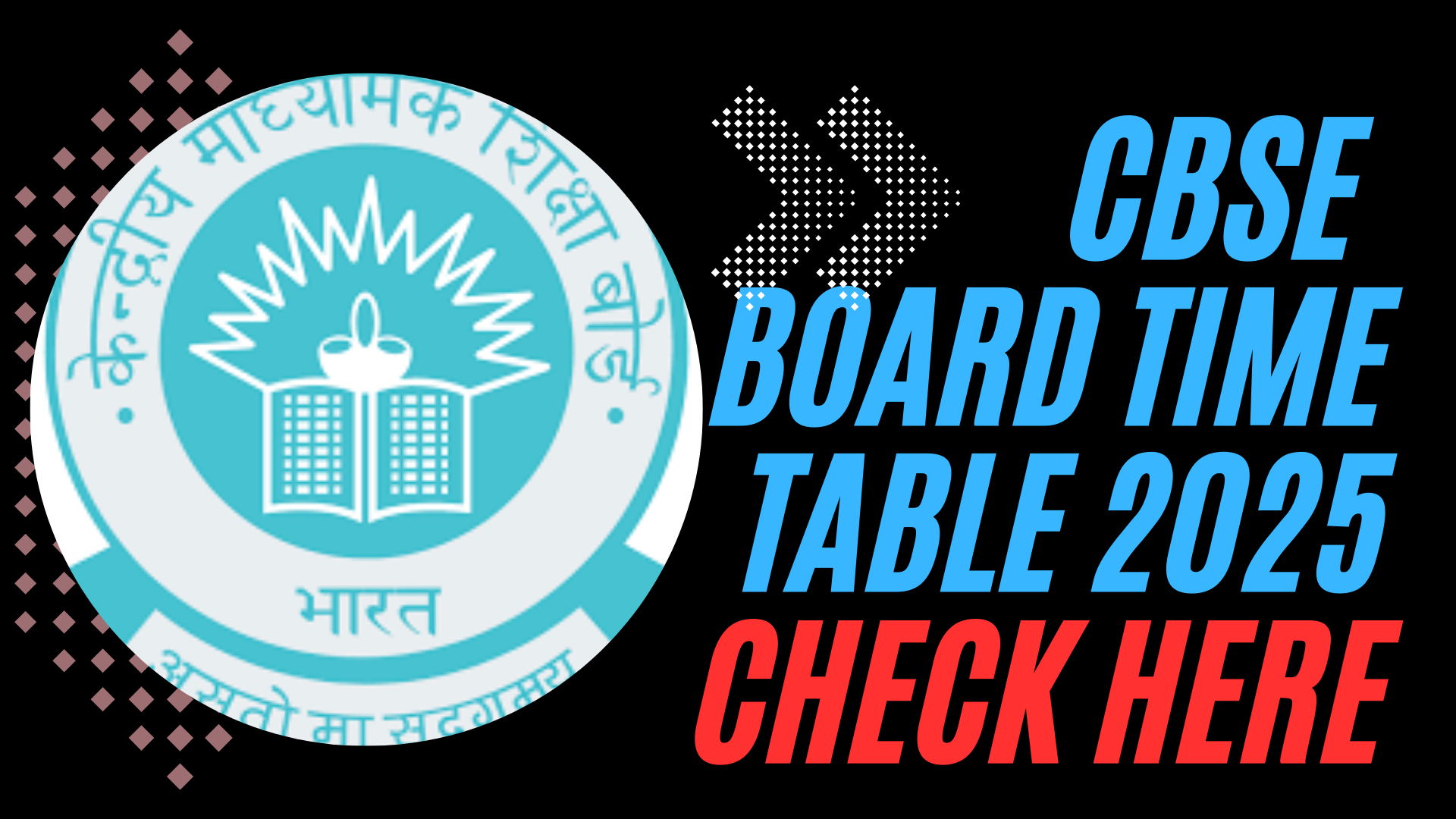In addition to Bengali and Marathi, Pali, Prakrit, and Assamese have also been designated as classical languages. This latest move brings the total number of classical Indian languages to 11, joining Tamil, Sanskrit, Telugu, Kannada, Malayalam, and Oriya, which had previously received this status.
I am immensely delighted that Assamese will now get the status of a Classical Language after this was approved by the Union Cabinet. Assamese culture has thrived for centuries, and it has given us a rich literary tradition. May this language continue to become even more popular…
— Narendra Modi (@narendramodi) October 3, 2024
Benefits
- Once a language is granted classical status, it becomes eligible for financial assistance to establish a center of excellence dedicated to its study. Additionally, it opens up opportunities for two prestigious awards aimed at recognizing distinguished scholars in the field.
- The University Grants Commission (UGC) can also be approached to create professional academic chairs for scholars of classical languages, beginning with central universities.
The government’s current criteria for designating a language as classical are as follows:
- The language must have a documented history spanning at least 1,500 to 2,000 years, reflected in early texts.
- It should have a substantial body of ancient literature, recognized and valued as cultural heritage by generations of speakers.
- The literary tradition must be original, not borrowed from another linguistic community.
- There should be a clear distinction between the classical language and its modern form, with potential discontinuity between the classical version and its later developments or derivatives.
Recent developments related to Criteria:
The Union Culture Ministry’s Linguistic Expert Committee submitted a report in 2023 that led to the government considering changes to the criteria. The new criteria will be officially notified after it is approved by the Union Cabinet.





